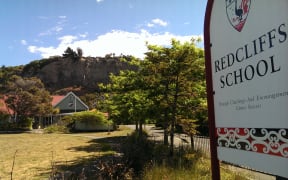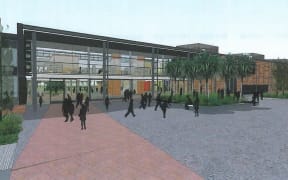The merging of two Christchurch schools has been the 'challenge of his career', the principal of Waitākiri School says.
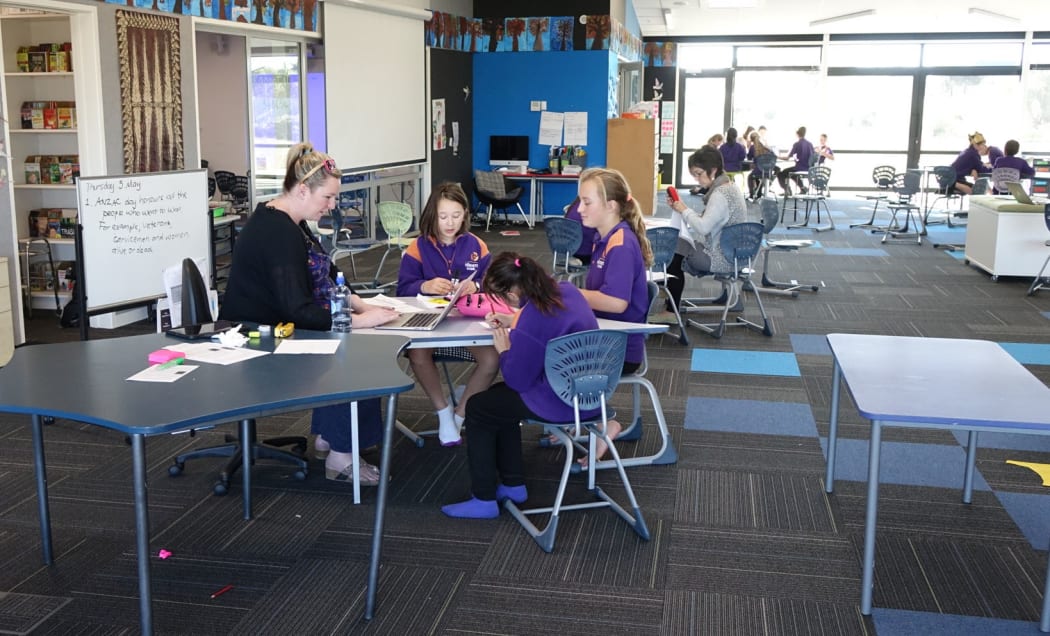
At Rāwhiti School, team teaching and large classrooms are now the norm. Photo: RNZ/Conan Young
Three years ago primary schools across Christchurch underwent one of the most radical shake-ups ever seen in New Zealand.
Thirteen were forced by the Minister of Education, Hekia Parata, to either close or merge.
The new $14 million Waitākiri School in the city's east opened its doors for the first time four months ago. It is a product of the merger of Windsor and Burwood Schools.
Making the new school work has been a huge challenge, Waitākiri's principal Neill O'Reilly said.
"Neither of us wanted this, neither of these communities wanted it, however if this is about our children, we have to make sure we get the best possible outcome for them.
"So it always had to be how do we do that for our children and how do we honour the traditions of both schools," he said.
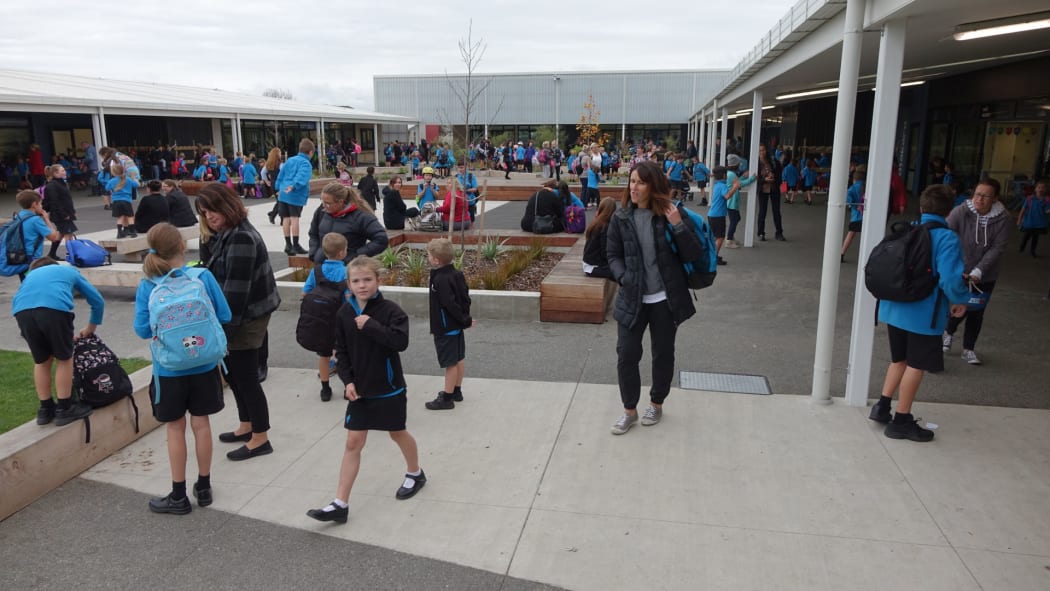
Waitākiri School is a product of the merger of Windsor and Burwood Schools. Photo: RNZ/Conan Young
The building of new schools in Christchurch to replace those damaged in the quakes meant there has been a greater take up of so-called modern learning environments. Instead of separate classrooms, 100 children have been brought together under the supervision of four teachers.
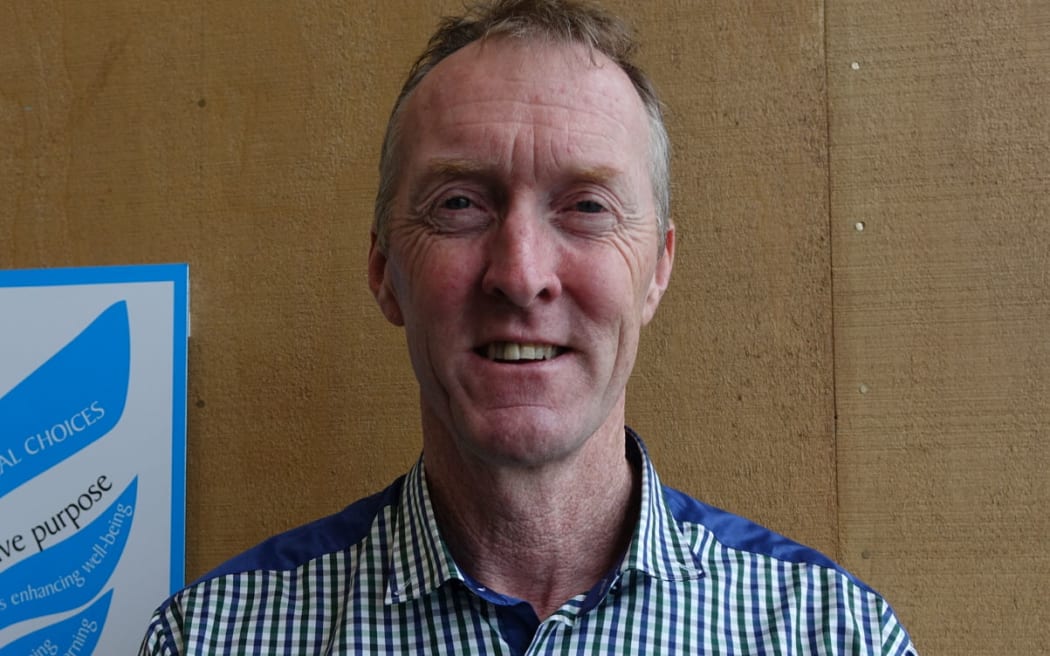
Making the new school work has been the biggest challenge of Waitākiri's principal Neill O'Reilly's career. Photo: RNZ/Conan Young
Waitākiri is no exception.
The new approach had many benefits, including allowing teachers to work more collaboratively, Mr O'Reilly said.
"Canterbury has an opportunity to be a beacon for positive education in a different way to what we've done in the past.
"I'd be pretty excited if people visited Christchurch and went back to their own towns and countries and said 'you've got to come back and see this place'," he said.
Troy Duckworth, a teacher at Palmerston North's Russell Street School visited Waitākiri School to see if its approach would work for his school.
"This place is pretty magical.
"It's a space I'd like to work in myself. The space becomes a bit of an enabler for the children's learning, so yeah, it's fantastic," he said.
A pupil at the school, Shelby Allan, said while she enjoyed working collaboratively with her friends, it was harder to establish a relationship with her teachers.
"You don't get to know them as personally. With the one teacher you got close to them, you knew them.
"But with the four teachers, you've got to get close to four people," she said.
Rāwhiti School, also in the city's east, merges together three schools: New Brighton, North Brighton and Freeville on the North Brighton site.
The $13m school stands out in a community that is still waiting for the rebuild to come to its side of town.
Rāwhiti's deputy principal Paul Wilkinson said they were keen to share the school with the whole community.
"Not just the hall, but we've got the netball and basketball courts that people are welcome to come and use.
"We don't lock the school down, the gates are open.
"We're putting a bike track in around the back field which is just really exciting," he said.
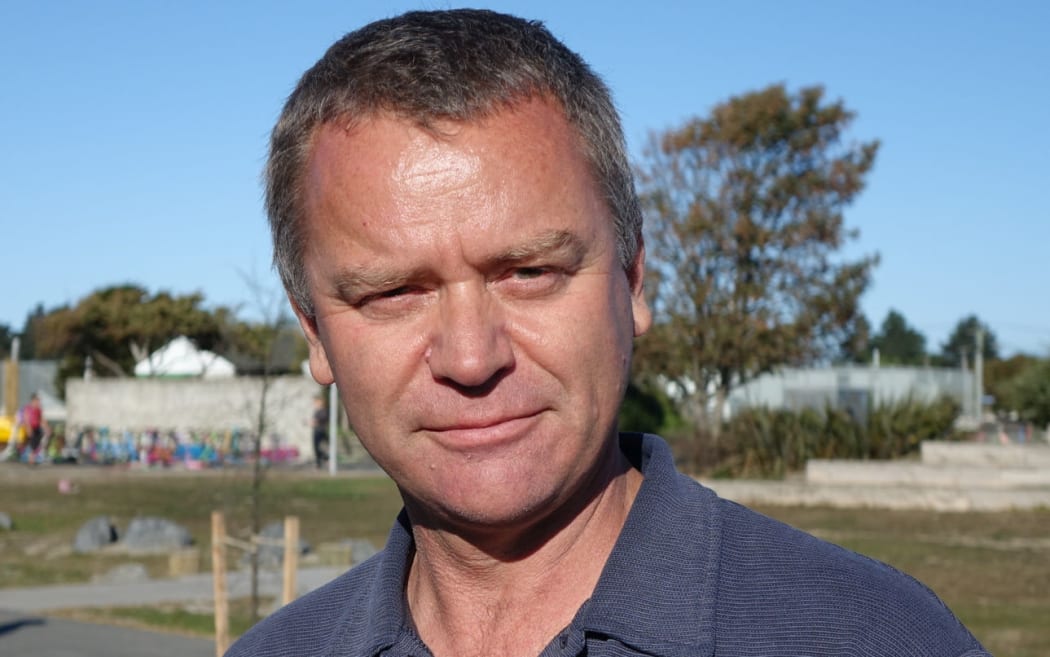
Rāwhiti's deputy principal Paul Wilkinson said the gates to the school are open. Photo: RNZ/Conan Young
Like Waitākiri, team teaching and large classrooms are now the norm at Rāwhiti.
Teacher Kathy Lumley said she would not go back to the old style of teaching.
"You've got colleagues to work with, you're not in a solitary space. You've got someone to laugh with, someone to wonder with, someone to bounce ideas off.
"For the kids it's a choice about personalities, it's never ending possibilities."
Bringing the three schools together has worked because the community has been determined to make it work, parent Jen Evans says.
"I just think it's how you talk to your kids about change. We've never been remotely bothered about it and we don't talk about it as a stress, so our kids have been excited and that's all they've ever been."
While the rolls at Rāwhiti and Waitākiri are smaller than the pre-quake rolls of the stand alone schools they replaced, both are confident of growing their numbers over time as the east of the city rebuilds.



